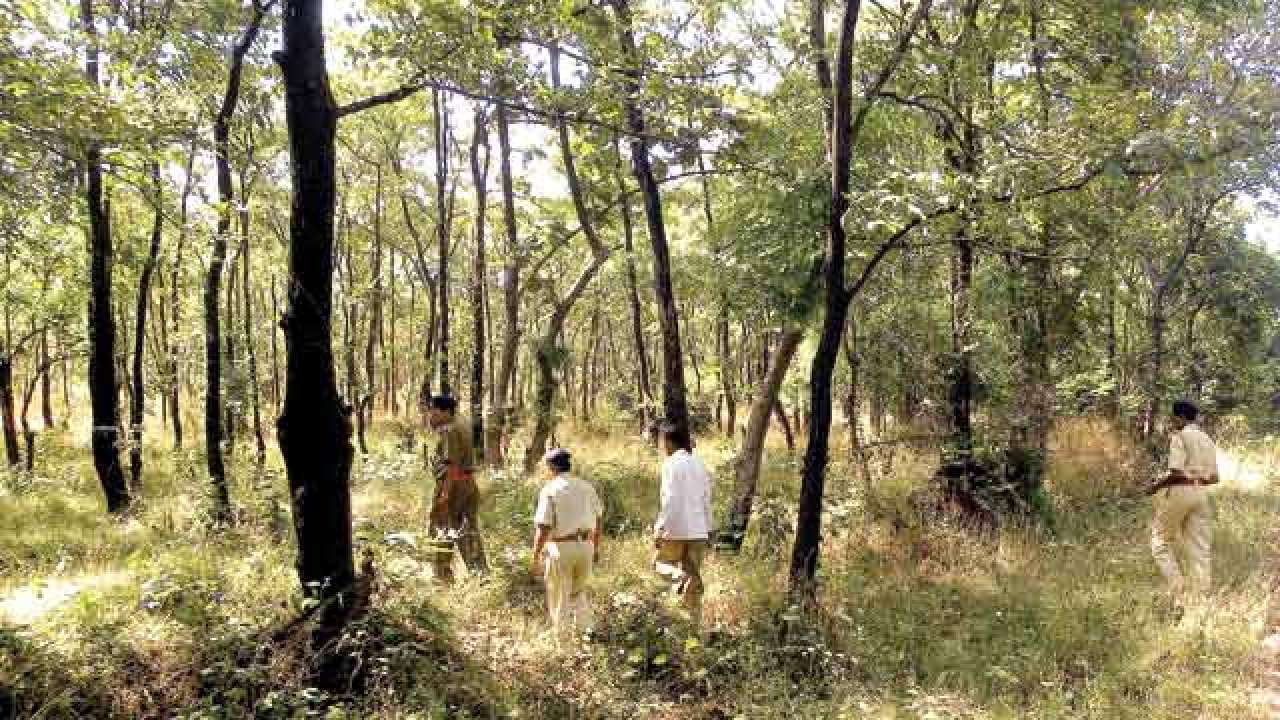
Development projects have been a cause of numerous conflicts in India as land, on which these projects are situated, is key for the survival of rural and urban communities who are otherwise economically and socially marginalised. This is most true in the case of forest areas, which support over 300 million people.
As per India’s Forest Conservation Act, 1980, projects — be it industry, plantations, power or infrastructure — that require forested areas, need to undertake Compensatory Afforestation (CA). These forest plantations need to be raised over an equal amount of non-forest land or double the amount of degraded forest land, that is under the jurisdiction of the state forest departments. Land on which CA is to be done has to be earmarked before a final “forest clearance” approval can be granted to projects. However, securing land for CA is proving to be a great problem and government claims that, as a result, forest approvals and projects are being severely delayed. So, the environment ministry has a new plan — one that directs the states’ governments to create land banks for the purposes of CA.
On November 8, the ministry issued directions to all states to create land banks for the explicit purposes of raising CA plantations. The direction particularly focuses on areas classified as zudpi jungle/Chhote- Bade jhar ka jungle/jungle-jhari land/civil-soyam land. These are multi-use areas, defined as forests but could be under the jurisdiction of the revenue department, or historically managed by local communities. The proposal states that once these are demarcated and held in the land bank, they can be readily put to use to comply with CA requirements of projects granted with forest approvals. Once this is done, they will be recorded as Reserve Forests, thereby passing the ownership of these lands to the state forest departments. In addition to revenue lands, degraded forest land with crown density up to 40 per cent can also to be identified and locked in.
This is not new. In 2014, the DNA (October 6) reported that the environment ministry had asked all state governments to carry out such an exercise as the non-availability of land for CA was identified as a reason for holding up clearances by the Prime Minister’s Project Monitoring Group (PMG) and the TSR Subramanian committee for environment law reform. The Subramanian committee’s solution was to “identify degraded revenue land” and make it available for CA. State governments of Telangana and Odisha have had already supported this proposal to use “wastelands” and “mine voids” or exhausted mining pits for CA.
Mechanisms like CA create the illusion that it is easier to transform local ecology than rethink developmental models that are largely environmentally destructive. This proposal focuses on lands that have been historically maintained as village grazing lands and community forests to meet local bonafide needs. These include nistari forests, which provide fuel and fodder. Civil-soyam lands are revenue forests that have been managed by institutions like Van Panchayats in Uttarakhand. Converting these lands that are under creative forms of local management and conservation into land banks for CA would lead to conflicts, adding to the several that lie unresolved in local courts.
Secondly, the government’s move to compensate the loss of ‘land by land’ and loss of ‘trees by trees’, has been severely critiqued for compromising the rights of forest-dependent communities. Studies by the Community Forest Rights-Learning and Advocacy (CFR-LA) group show that plantations have already been initiated on lands being claimed under the 2006 Forest Rights Act (FRA), a legislation which upholds individual and community stewardship of forests. The government’s new proposal makes no mention of the FRA.
CA was officially designed as a way to check loss of forests, but in effect, it has done the opposite. Today forest approvals officially divert close to 35,000 hectares of forests annually to development projects. Approximately Rs 400 billion has been collected through the forest approval process and a part of this is to be used by state forest departments for CA. State agencies claim to regenerate lost forests but their implementation is fraught with insurmountable challenges. Forest-dependent communities have suffered forest diversions as their loss of place or home, ecologists have lamented the ecological damage of such schemes and the office of the Comptroller and Auditor General (CAG) has repeatedly pointed out to the mismanagement of funds for CA by state and central governments.
The law that is ostensible to protect forests from such projects has become a scheme for legitimising forest approvals involving vast sums of money. By allowing the CA scheme to continue despite its failures, the state, central governments, and project investors are engaged in a conservation charade.
The authors are with the CPR-Namati Environment Justice Program